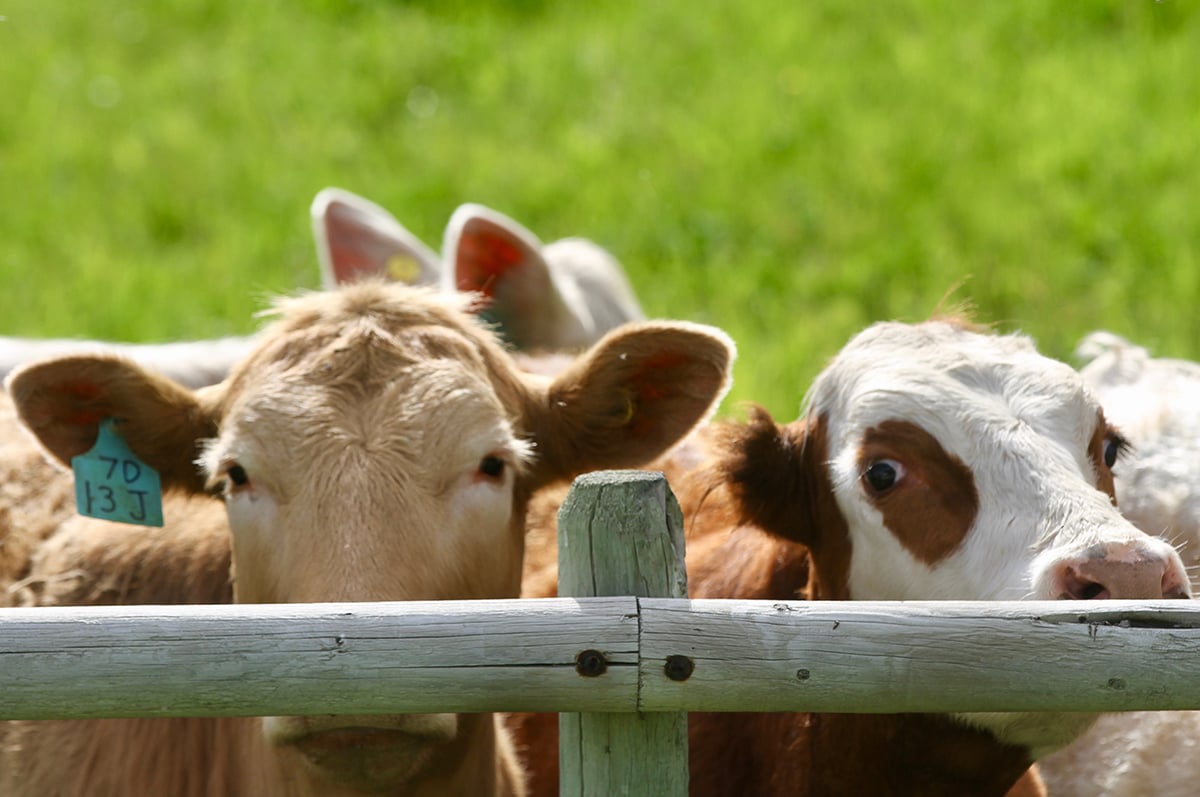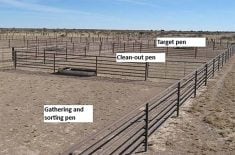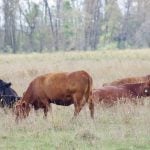A single case of bovine spongiform encephalopathy in a Washington state dairy cow has forced American beef producers to accept national cattle identification.
Eric Davis, president of the National Cattlemen’s Beef Association, is a longtime supporter of national identification for cattle. He admits the concept has been moving forward at a snail’s pace.
“One of the holdups to date has been funding,” Davis said from his family’s cow-calf and feedlot operation in Idaho. “I expect that will be taken care of rather quickly. There is obviously a sense of urgency about it now, that it didn’t have two weeks ago,” he said Jan. 2.
Read Also

Feeder market consolidates at historic highs
For the week ending Sept. 6, Western Canadian feeder cattle markets were relatively unchanged compared to seven days earlier.
However, Davis pointed out the program will still be developed slowly. Tracing an animal forward will be easier than tracebacks when a health or food safety problem arises because there is a lack of historical information.
“Once we agree on the system and put it in place, it is still going to take some time before it is effective as we would like it to be,” he said.
U.S. Department of Agriculture secretary Ann Veneman announced on Dec. 30 that the USDA will start immediate implementation of a verifiable system of national animal identification.
“I have asked USDA’s chief information officer to expedite the development of the technology architecture,” she said.
While many cattle in the United States can be identified through a variety of systems, a national identification task force has proposed a broadband frequency system to track animal movement through farms, auctions and feed yards and relay information on an individual animal within 48 hours. The committee is a consortium of farm groups, state agriculture regulators and the USDA.
The task force’s plan to track all livestock species through individual identification was approved at the end of last October at a meeting of the American animal health committee.
Julie Stitt, manager of the Canadian Cattle Identification Agency, has been involved with the American program as a member of its identification standards committee.
“They are getting there but they certainly are not in agreement exactly how it is going to work,” she said Jan. 5.
“They are moving forward with a premise ID traceback. Their big issue is funding and how to get it rolling,” she said.
Once all herds are inventoried, the next move is individual identification. The Americans are likely to use electronic identification. This is mandatory for all cattle in Canada as of Jan. 1, 2005, and will cost producers about $2 per animal.
In the U.S. there are disputes over who gathers and owns the information, as well as costs. There is still no agreement whether it should be mandatory and no federal legislation exists for the program to date.















